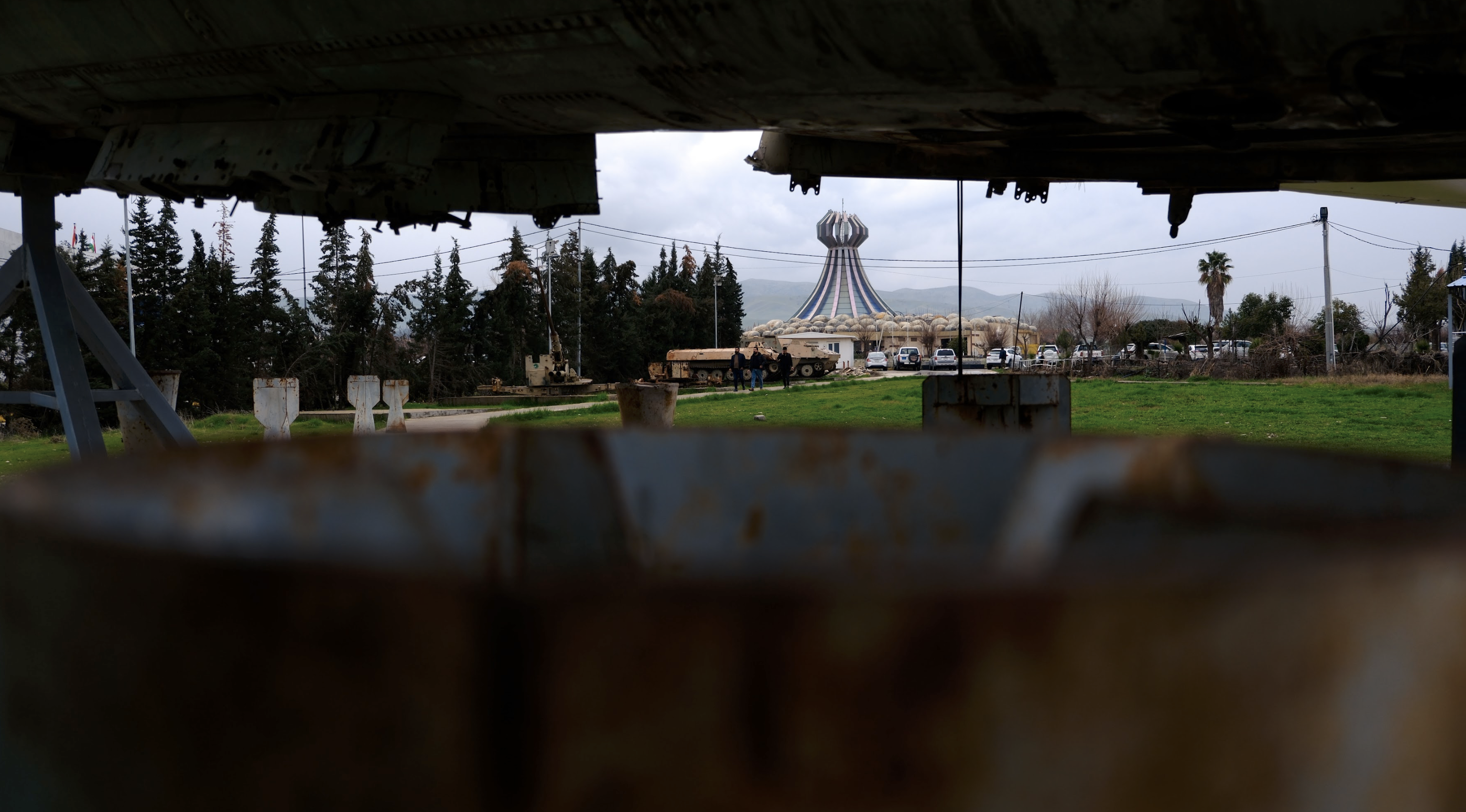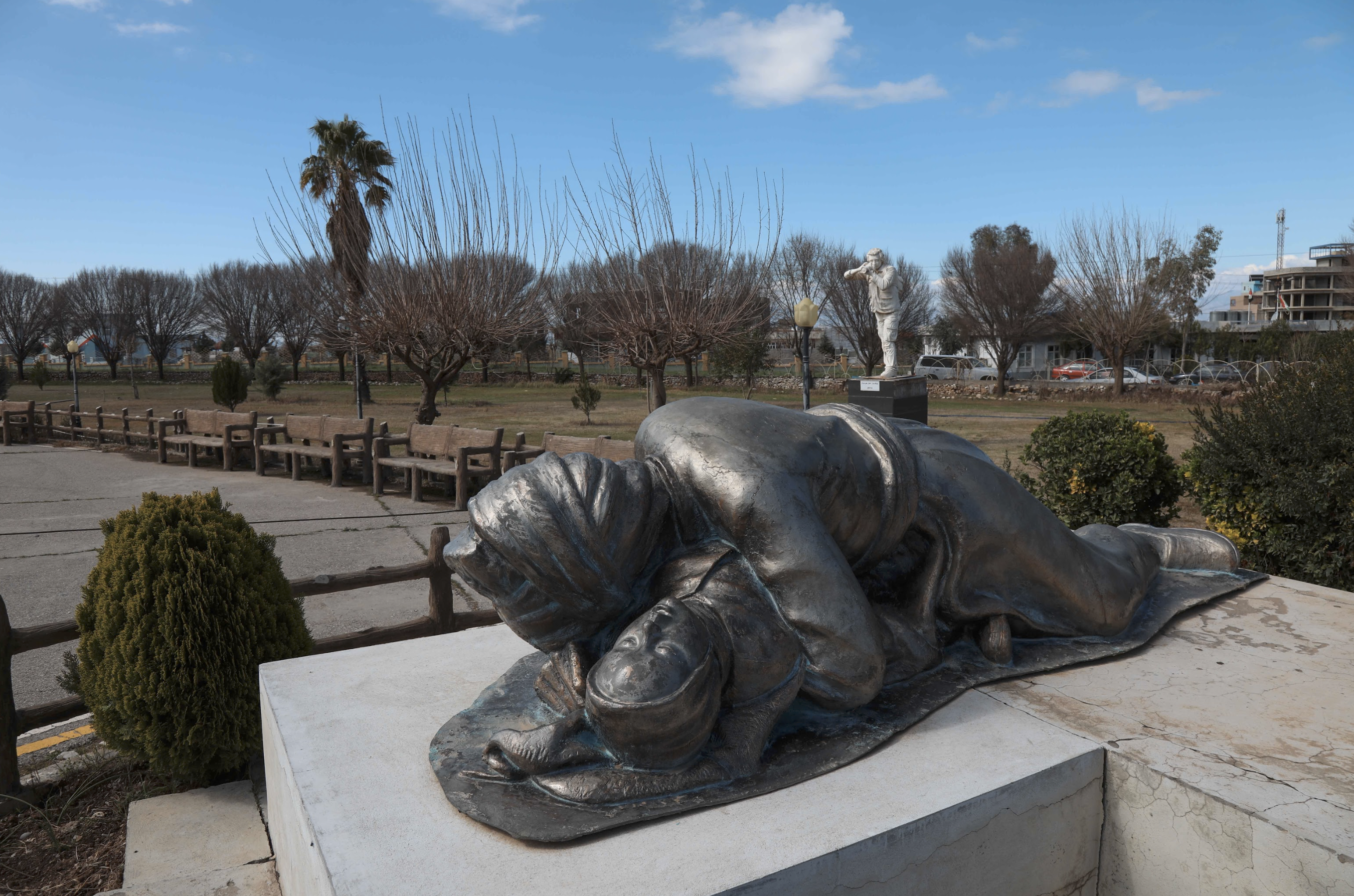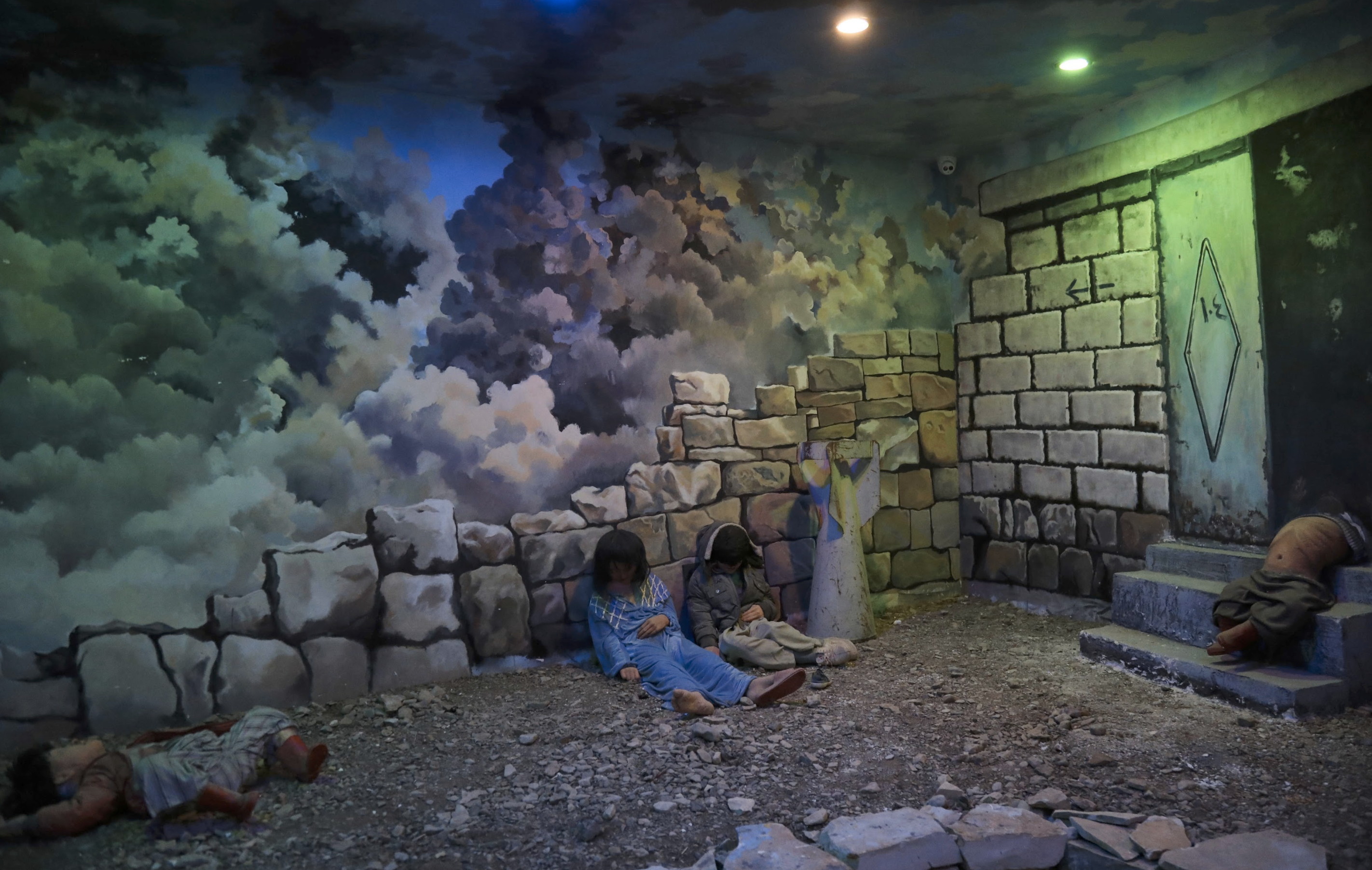As a survivor of the Halabja chemical attack, international war, civil war, and displacement forced me to be a refugee four times – three of them before I even turned eleven.
When Yerevan Saeed, Barzani Scholar in Residence at American University (AU) and Director of the Global Kurdish Initiative for Peace, started telling his story, everyone at the Founders Room at AU – School of International Services (SIS), gazed into his eyes, which were full of hope for the future.
Saeed’s story, summarized in the epigraph above, is similar to that of millions of Kurds, echoing the experiences of the people of Halabja and those who endured the Ba’ath regime’s genocidal campaigns across the Kurdistan Region. On March 16, 1988, the former Iraqi regime unleashed an unspeakable atrocity upon the city of Halabja, bombarding the civilian population with chemical weapons in defiance of international law. Within minutes, the Iraqi military had massacred more than 5,000 men, women, and children in Saeed’s hometown and wounded 10,000 others.
To illustrate the scale of the atrocity, Saeed shared a scene from The Achilles Trap by U.S. author and journalist Steve Coll, an account of the complicated dynamics of U.S.-Iraq relations:
“After Iraq’s atrocity in Halabja, Rick Francona, the Defense Intelligence Agency liaison to the U.S. Embassy in Baghdad at the time, confronted an Iraqi pilot.
‘Why did you drop chemical weapons on your own people?’ asked Francona.
‘They’re not my own people,’ answered the Iraqi pilot. ‘They’re Kurds.’

Saeed’s grandfather was among the dead. His father lost more than 20 members of his extended family, including his aunts and cousins; some of his relatives were wounded, and many of Saeed’s childhood friends were killed.
Saeed was eight at that time. Under the cover of darkness on the evening of March 15, 1988, he and his family departed from Halabja for their village, located just outside the city. After a 45-minute walk alongside many other families, they arrived and settled in.
In the dead of night, Yerevan and his brothers were awakened from their sleep to embark on the second leg of their journey to the caves in the mountains encircling Halabja. Despite the biting cold and the risk of minefields, they traversed rough and unfriendly terrain to seek refuge in the caves. Shortly before dawn, they reached their destination – caves nestled between two mountains – with little food to spare.
When the first light approached, the air was filled with the ominous sounds of Iraqi fighter jets and bombs. These were napalm bombs aimed at intimidating people into seeking shelter in their basements. Subsequently, Iraqi fighter jets dropped chemical bombs, leading to the tragic demise of many who had sought refuge in these basements.

The chemical attack was relentless and widespread. As many attempted to flee the town, Iraqi fighter jets dropped gas bombs on the main roads, resulting in the deaths and injuries of hundreds of individuals desperately trying to escape.
Despite the tragedies, today Halabja is thriving, its vibrant spring greenery pulsating with life more fiercely than ever.
“We are more daring in expressing our views than we have ever been,” Saeed said. “We remain as resilient as ever, with forgiveness in our hearts.”
Today Halabja is famous for its pomegranates and pure honey and home to one of the most educated populations in the Kurdistan Region. Its independent spirit reigns supreme, as it has become an epicenter of resilience and hope and a paradise of peaceful coexistence. Religious coexistence between Muslims, Jews, and other minorities like the Kaka’i has long been a feature of life in Halabja. Currently 350 Arab families live there, including some families from Tikrit, Saddam Hussein’s hometown. The people of Halabja have welcomed and embraced them.

Commemorating Halabja
As the director of the Global Kurdish Initiative for Peace, Saeed hosted an event at the SIS on March 18, 2024, to commemorate the 36th anniversary of the 1988 Halabja chemical attack. The event saw the participation of notable speakers, including U.S. Senator Chris Van Hollen, who sent a video message expressing his solidarity with the victims of the attack.
During the event, Senator Van Hollen related his experience visiting the Iraq-Turkey border in October 1988 with his college friend Peter Galbraith, a long-time advocate for the Kurdish people. They encountered thousands of Kurdish refugees who had fled from Iraq to Turkey to escape Saddam’s brutal assault. The atrocities committed by the Ba’ath regime were extensively documented.
Treefa Aziz, the Kurdistan Regional Government (KRG) Representative to the United States, spoke about the efforts of the KRG to garner international recognition of the Halabja attack as a genocide. She mentioned that five countries – Canada, Norway, South Korea, Sweden, and the UK – have already recognized the Halabja genocide. As Aziz told Kurdistan Chronicle, the KRG’s goal is to continue to commemorate the attack not only to remember it, but also to push for greater reconciliation and compensation for victims through international recognition so that an attack like this genocide never happens again.

Steve Bitner, Director of the Office of Iraq Affairs at the U.S. Department of State, extended his condolences on behalf of the U.S. government, emphasizing the importance of remembering the tragedy. After that, the U.S. State Department - Near Eastern Affairs posted on social media platform X commemorating the horrible atrocities inflicted on the people of Halabja. “Today’s commemoration reminds us of the victims and their families, as well as the significance of all that the Iraqi Kurdistan Region has achieved in the decades since.”
The event also featured a panel discussion titled “36 Years of Pursuing Accountability and Justice,” moderated by Jeffrey Bachman, Chair of the Department of Peace, Human Rights, and Cultural Relations at SIS. The panelists included Michael Kelly, author of Ghosts of Halabja: Saddam Hussein and the Kurdish Genocide, and Professor Mohammed Ihsan, former Minister for Human Rights in the Kurdistan Region.
Professor Ihsan highlighted the atrocities that the Kurds faced under Saddam’s regime and explained that the post-Saddam era is even more dire, with millions of Kurds facing hunger and hardship under the new rule in Iraq. Overall, the event served as a platform to commemorate the Halabja chemical attack, advocate for recognition and justice, and shed light on the ongoing struggles faced by the Kurdish people.